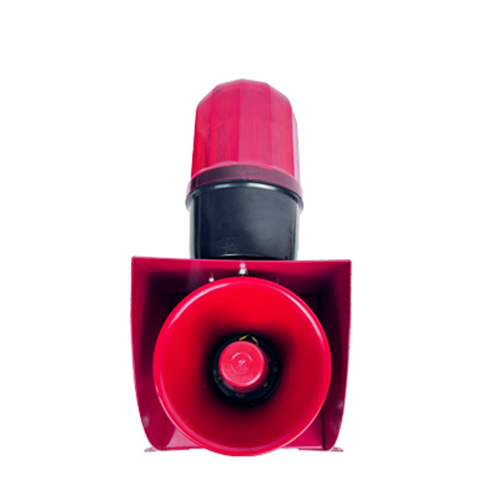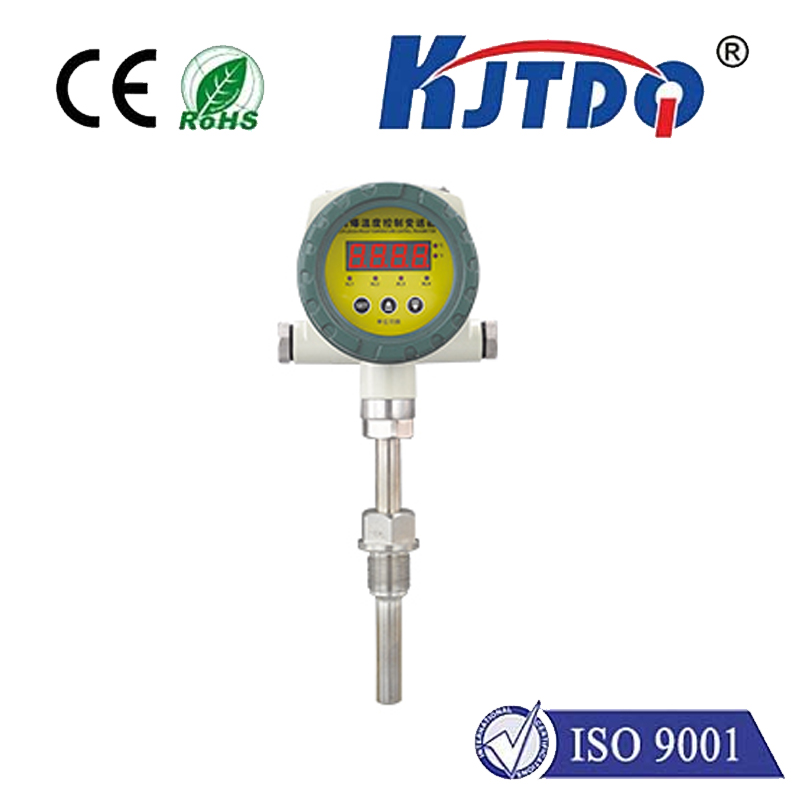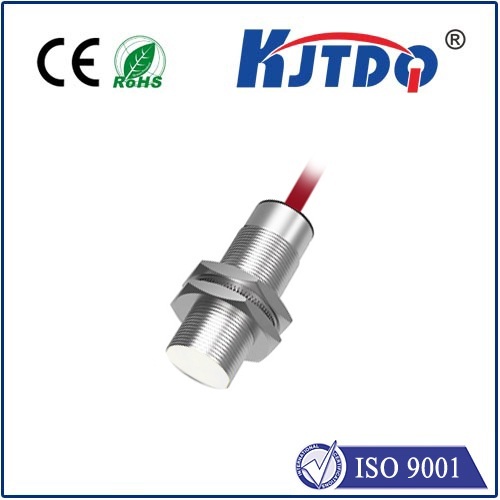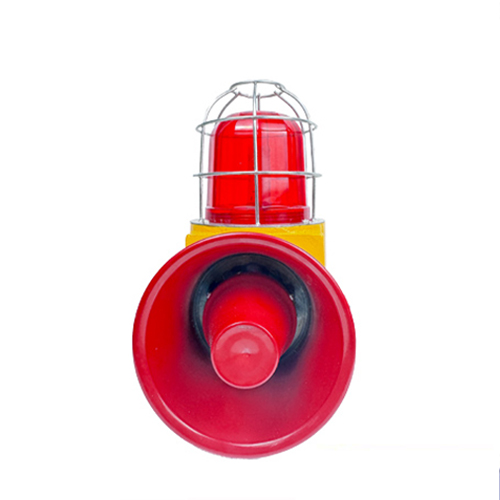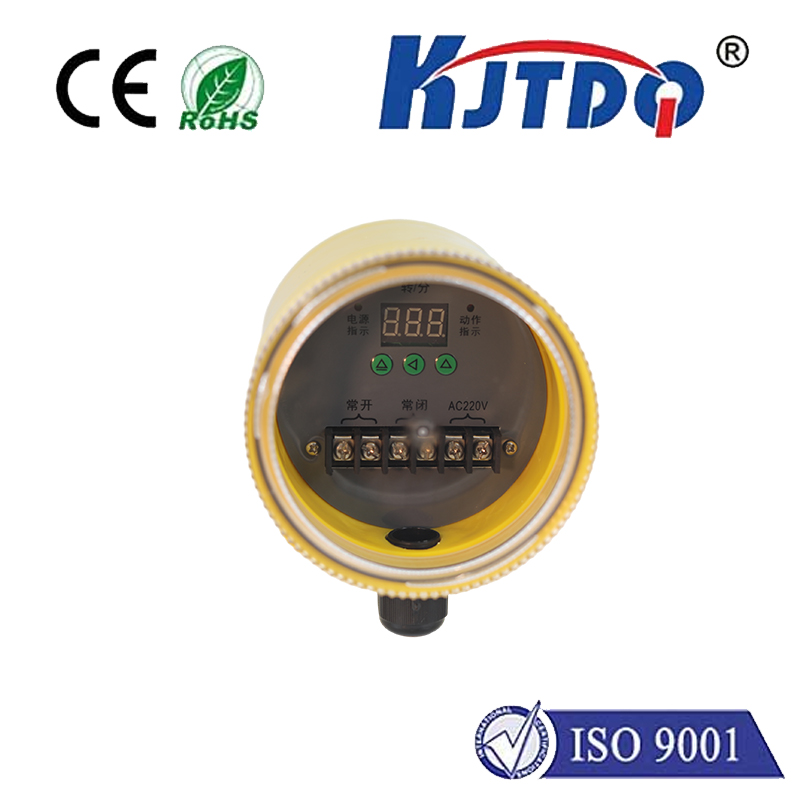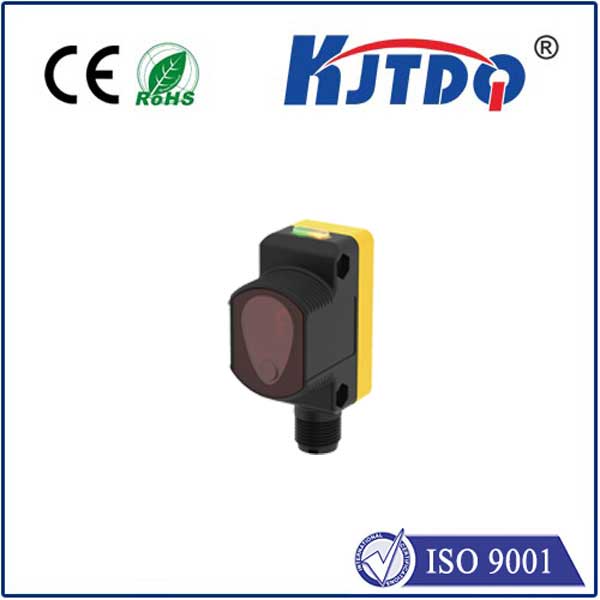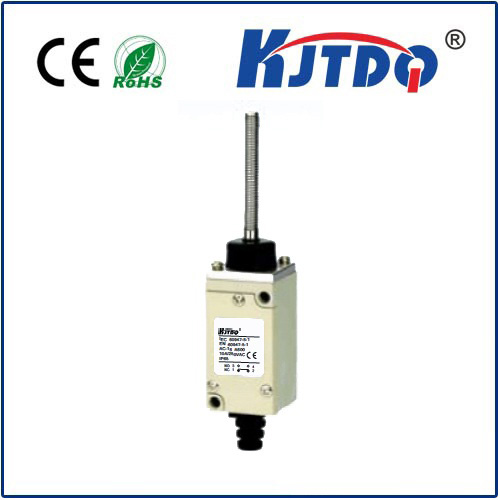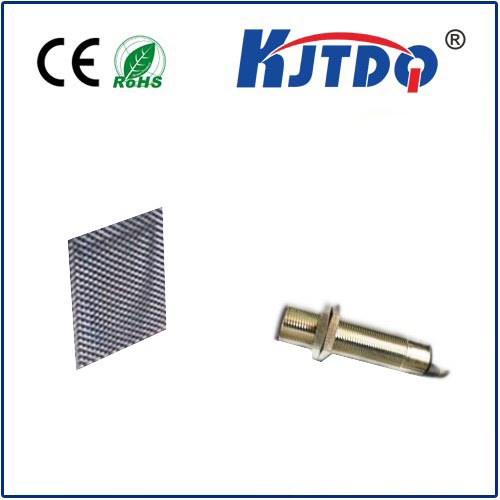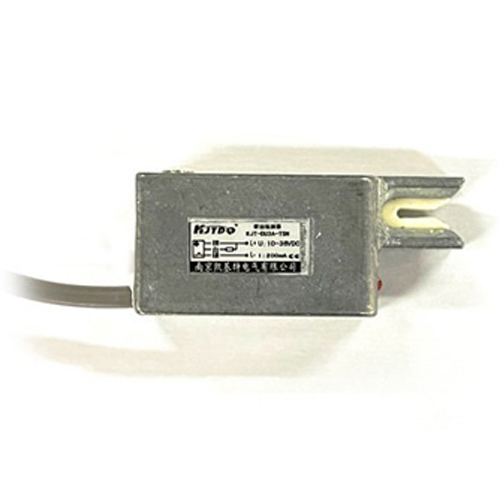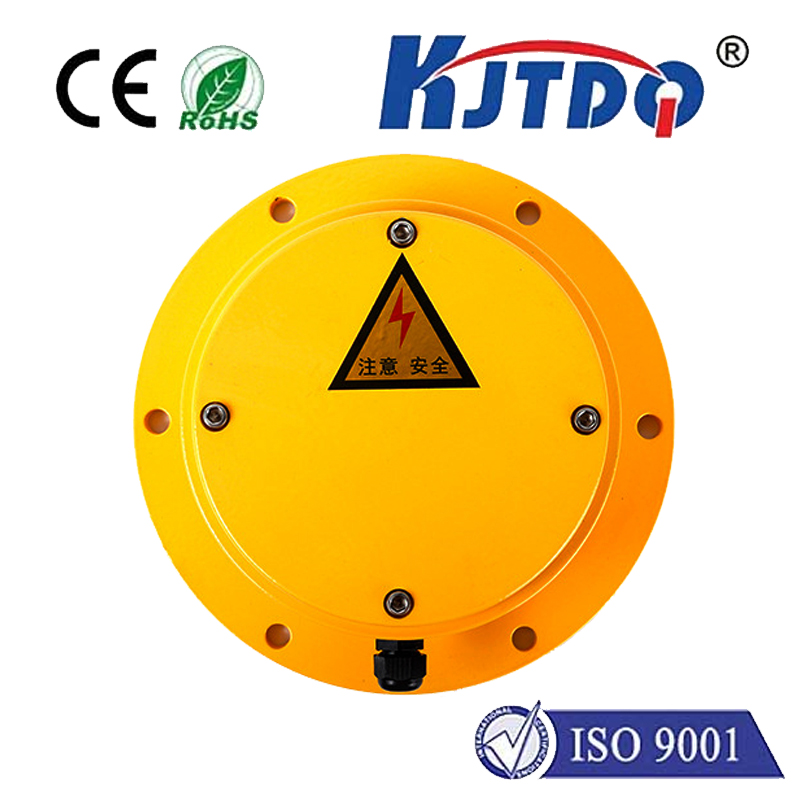jenis sensor photoelectric
- time:2025-07-24 00:05:08
- Click:0
Photoelectric Sensor Types: Choosing the Right Light-Based Sensing Solution
Imagine walking into a bustling supermarket. The sliding doors glide open effortlessly as you approach. How do they know? Deep within factory automation lines, robotic arms move with uncanny precision, manipulating parts they seemingly “see.” The invisible orchestrator behind these marvels, and countless others, is often a photoelectric sensor. These versatile workhorses use light to detect presence, absence, distance, or colour without physical contact. Understanding the jenis sensor photoelectric – the types of photoelectric sensors – is crucial for selecting the optimal solution for diverse industrial, commercial, and even everyday applications. Their working principle is elegantly simple: an emitted light beam interacts with a target, and changes in that beam (interruption, reflection) are detected to trigger an output signal. Choosing the right type involves balancing factors like sensing range, target characteristics, environmental conditions, and budget.

The Fundamental Principle: Light as the Detective
At the heart of every photoelectric sensor lies an emitter (usually an LED generating infrared, visible red, or laser light) and a receiver (a phototransistor or photodiode). The sensor operates by interpreting how the target object affects the light beam traveling between these two elements. This non-contact detection offers significant advantages over mechanical switches, including longer operational life, higher reliability, faster response times, and the ability to sense virtually any material solid enough to affect the light beam – plastics, metals, wood, liquids, and even glass under certain conditions. This inherent flexibility makes photoelectric sensors indispensable across sectors from packaging and material handling to automotive assembly and food processing.
Demystifying the Main Photoelectric Sensor Types
While variations exist, photoelectric sensors fall primarily into three distinct categories based on how the emitter and receiver are configured and how light interacts with the target:
- Through-Beam Sensors (Opposed Mode):
- Working Principle: This type features physically separate emitter and receiver units. The emitter continuously sends a light beam directly towards the receiver. The presence of a target object interrupts this beam.
- Detection Logic: The output signal changes state (e.g., switches off) when the beam is blocked.
- Key Advantages:
- Longest Sensing Range: Capable of reliably detecting objects several meters away due to the focused, direct beam path.
- Highest Reliability: Unaffected by target colour, surface finish, or reflectivity. If the beam is blocked, something is present. Very immune to false triggers.
- Excellent Performance in Challenging Environments: Handles dusty or misty conditions better than other types as the beam must be completely broken.
- Considerations: Requires precise alignment during installation and wiring for two separate components (emitter and receiver). Can be slightly more expensive and complex to install than single-unit sensors.
- Typical Applications: Detecting gaps on conveyor belts, verifying bin filling levels (object must block the beam when bin is full), detecting large objects over considerable distances, security gates, garage door safety edges.
- Retro-Reflective Sensors (Reflex Mode):
- Working Principle: Here, the emitter and receiver are housed together in a single unit. A specially designed reflector (corner-cube or prism, often with polarization filters) is placed opposite the sensor. The emitter sends a beam to the reflector, which bounces it straight back to the receiver within the same housing.
- Detection Logic: The presence of a target object blocks the reflected beam from returning to the receiver. The output signal changes when the return beam is interrupted.
- Key Advantages:
- Long Sensing Range (Single Unit): Offers longer ranges than diffuse types (often several meters) with only one element to wire and mount (the sensor unit itself, plus the passive reflector).
- Easier Installation: Simpler alignment than through-beam since only the sensor unit needs aiming towards the reflector.
- Good for Shiny Targets: Polarized versions (using filters) can differentiate between the reflector and highly reflective/shiny targets that might otherwise bounce light back similarly to the reflector.
- Considerations: Requires a clear line-of-sight to the reflector. Shiny targets (without polarization filters) can sometimes reflect enough light back to mimic the reflector, preventing detection. Dust or misalignment on the reflector affects performance. Sensing range is generally shorter than through-beam equivalents.
- Typical Applications: Presence detection on conveyors where mounting receivers opposite isn’t feasible, detecting transparent objects positioned against the reflector, pallet height verification, indicating open/closed doors or gates.
- Diffuse Proximity Sensors (Proximity Mode / Diffuse Reflection):
- Working Principle: Like retro-reflective, the emitter and receiver are combined in one housing. However, this type relies directly on the target object itself to reflect the emitted light back to the receiver. There is no external reflector.
- Detection Logic: The sensor detects the presence of an object when the sufficient amount of the emitted light is reflected back by the target’s surface.
- Key Advantages:
- Simplest Installation: Only one device to mount and wire. No need for a separate emitter, receiver, or reflector. Easy setup.
- Cost-Effective: Generally the most economical photoelectric sensor type.
- Versatile Mounting: Can be positioned relatively easily near the target path.
- Considerations:
- Sensing Range is Highly Target-Dependent: Detection distance relies heavily on the target’s size, colour, reflectivity, surface texture, and angle. Dark, matte, or non-reflective objects dramatically reduce the effective range. Known as the “grayscale effect.”
- Shorter Range: Typically offers the shortest sensing range of the three main types (millimeters to a few feet maximum).
- False Triggers: More susceptible to background reflections or environmental conditions affecting the reflected light.
- Important Sub-Types Enhancing Diffuse Performance:
- Background Suppression (BGS): Uses triangulation or time-of-flight principles to sense distance. It only triggers when an object is within a specific, adjustable distance range from the sensor face, effectively ignoring the background beyond the set point. Crucial for detecting objects against potentially reflective backgrounds. Powerful for varied target colours/materials at the same preset distance.
- Foreground Suppression (FGS): Configured to ignore objects too close to the sensor, triggering only on objects beyond a set close range.
- Fixed Field/Convergent Beam: Creates a very precise, tightly focused sensing point at a specific distance, ideal for detecting small objects or precise positions.
Beyond the Basics: Specialized Photoelectric Sensors
Modern photoelectric technology offers further specialized variants:
- Colour Sensors: Detect specific colours based on the wavelength of reflected light.
- Luminescence Sensors: Detect materials that fluoresce under specific light wavelengths.
- Contrast Sensors: Detect differences in contrast (e.g., marks on a surface, label edges






